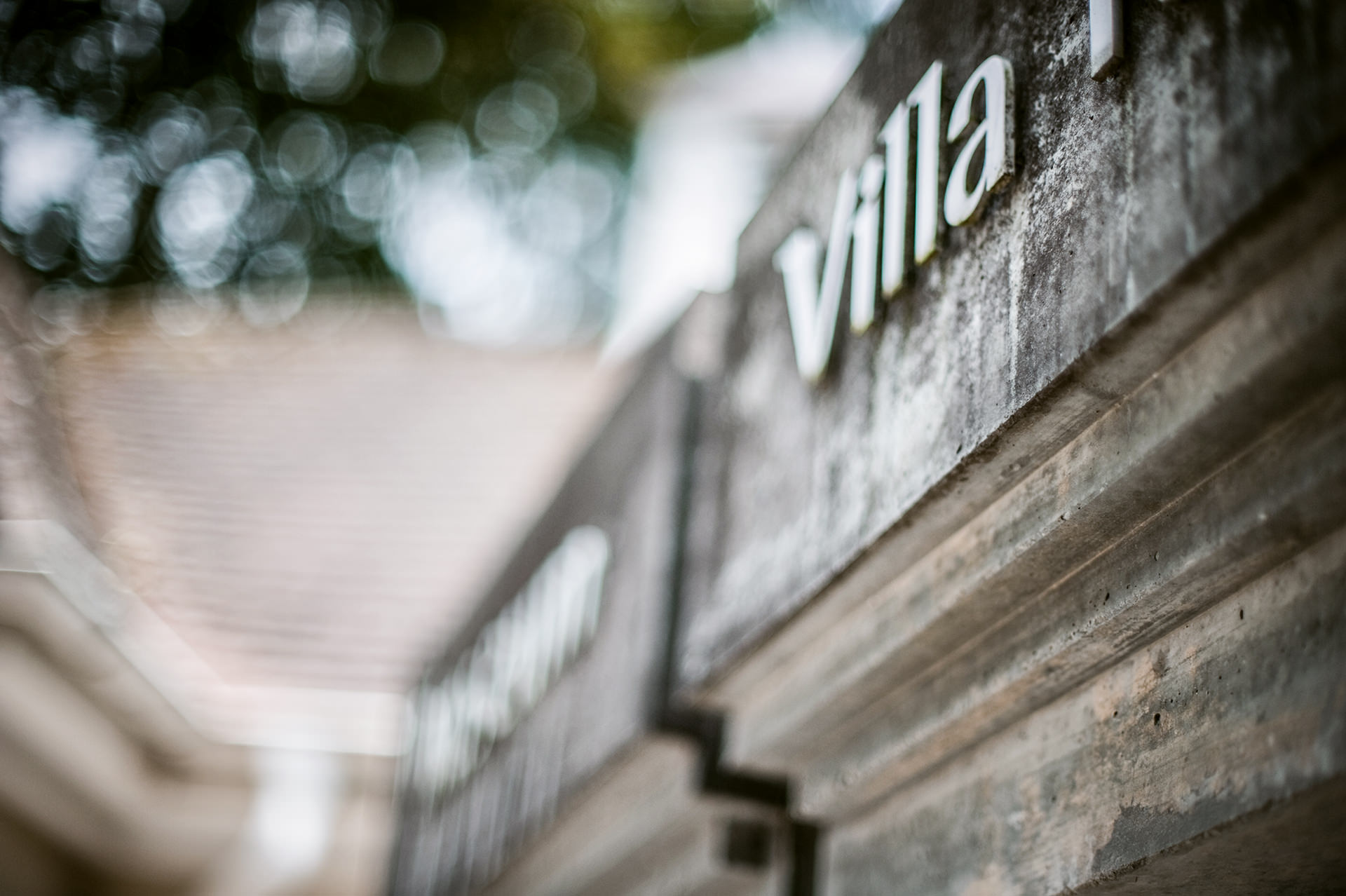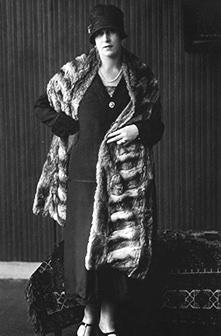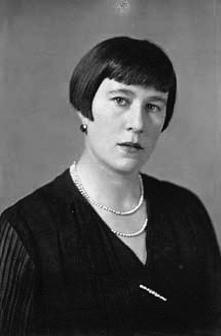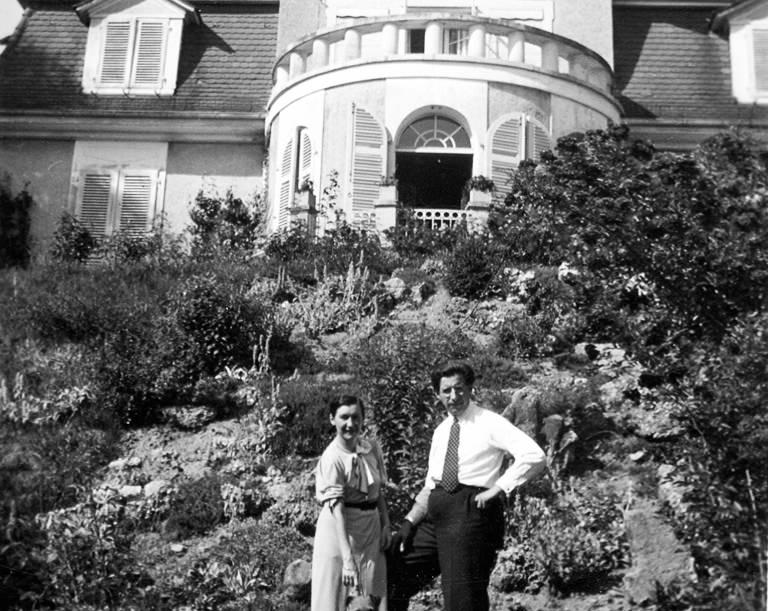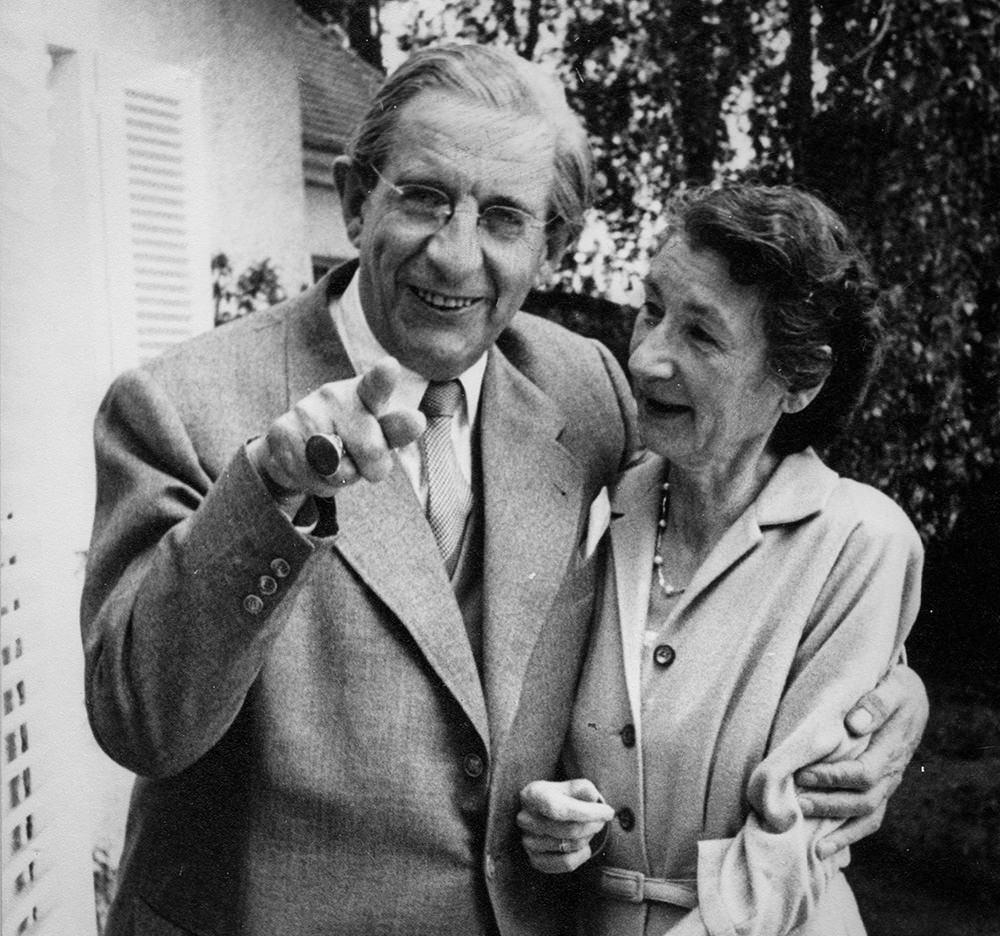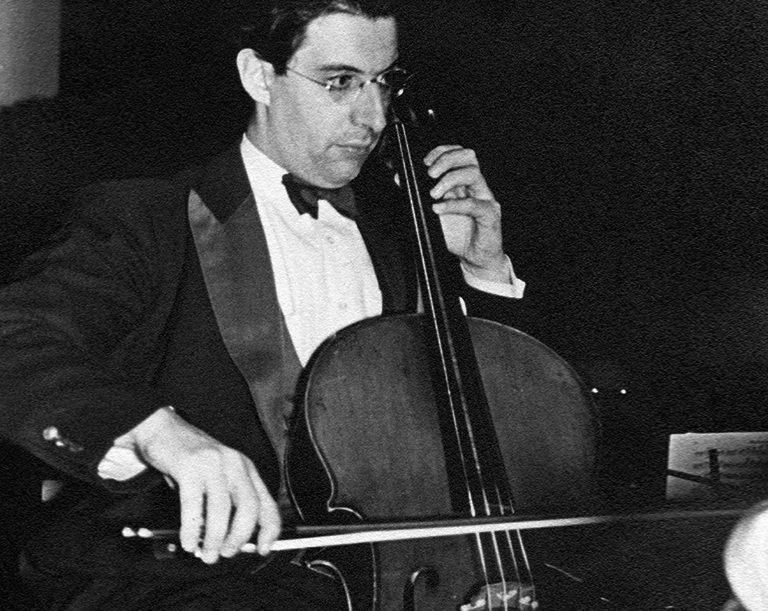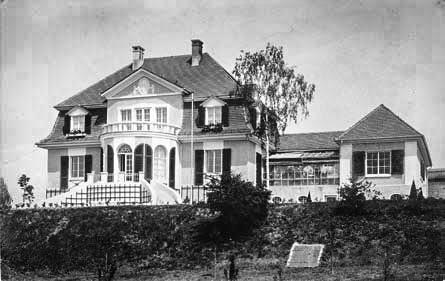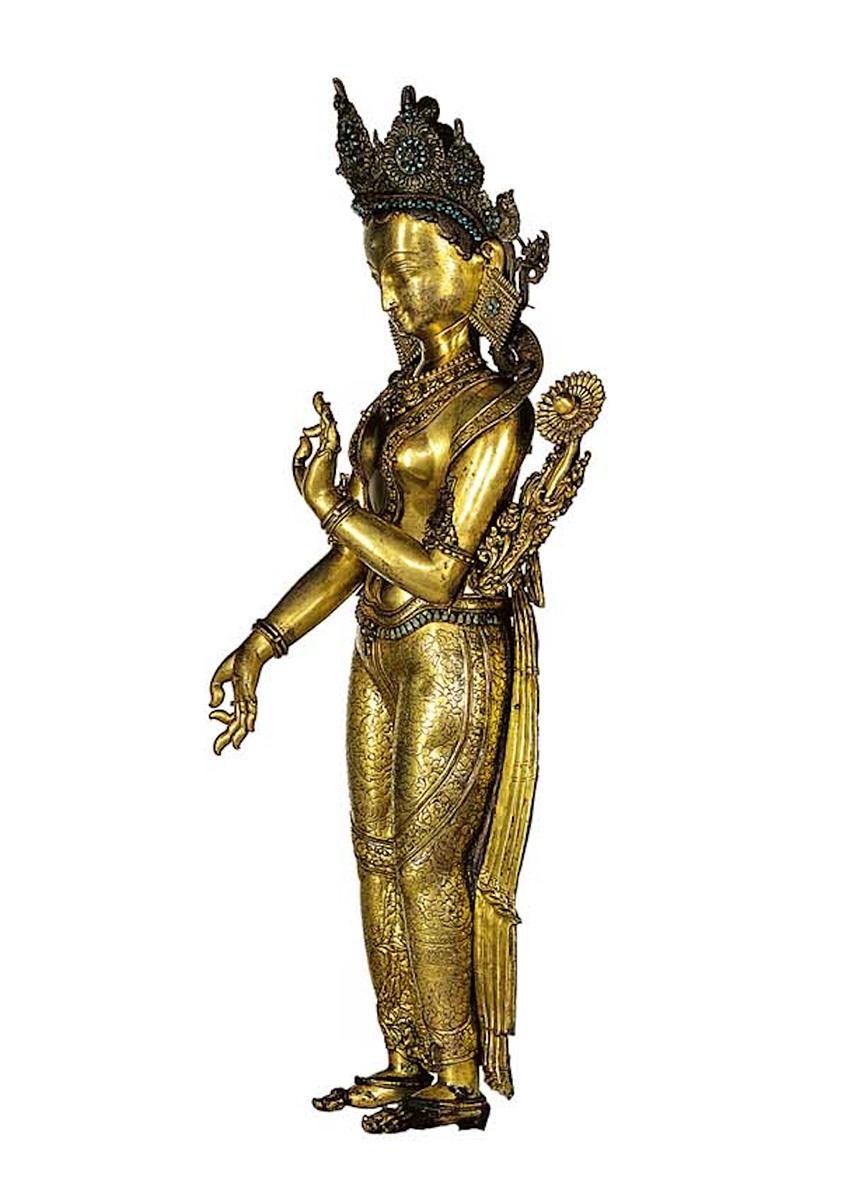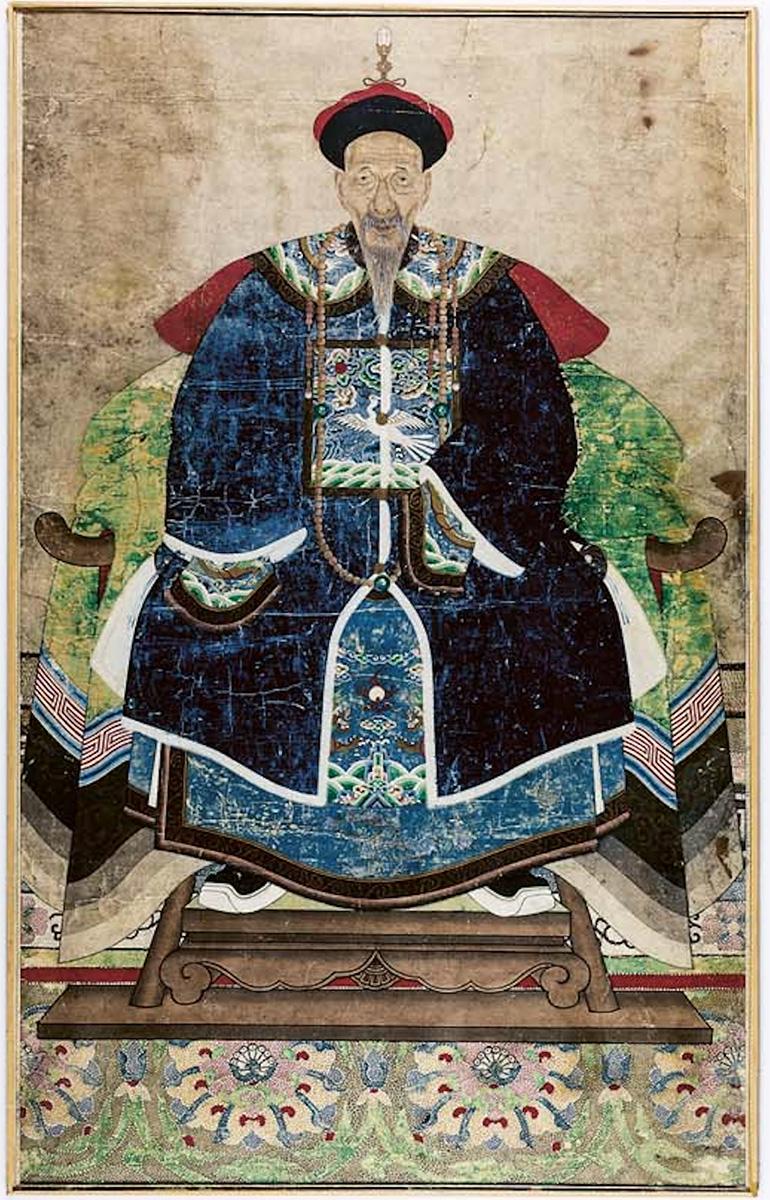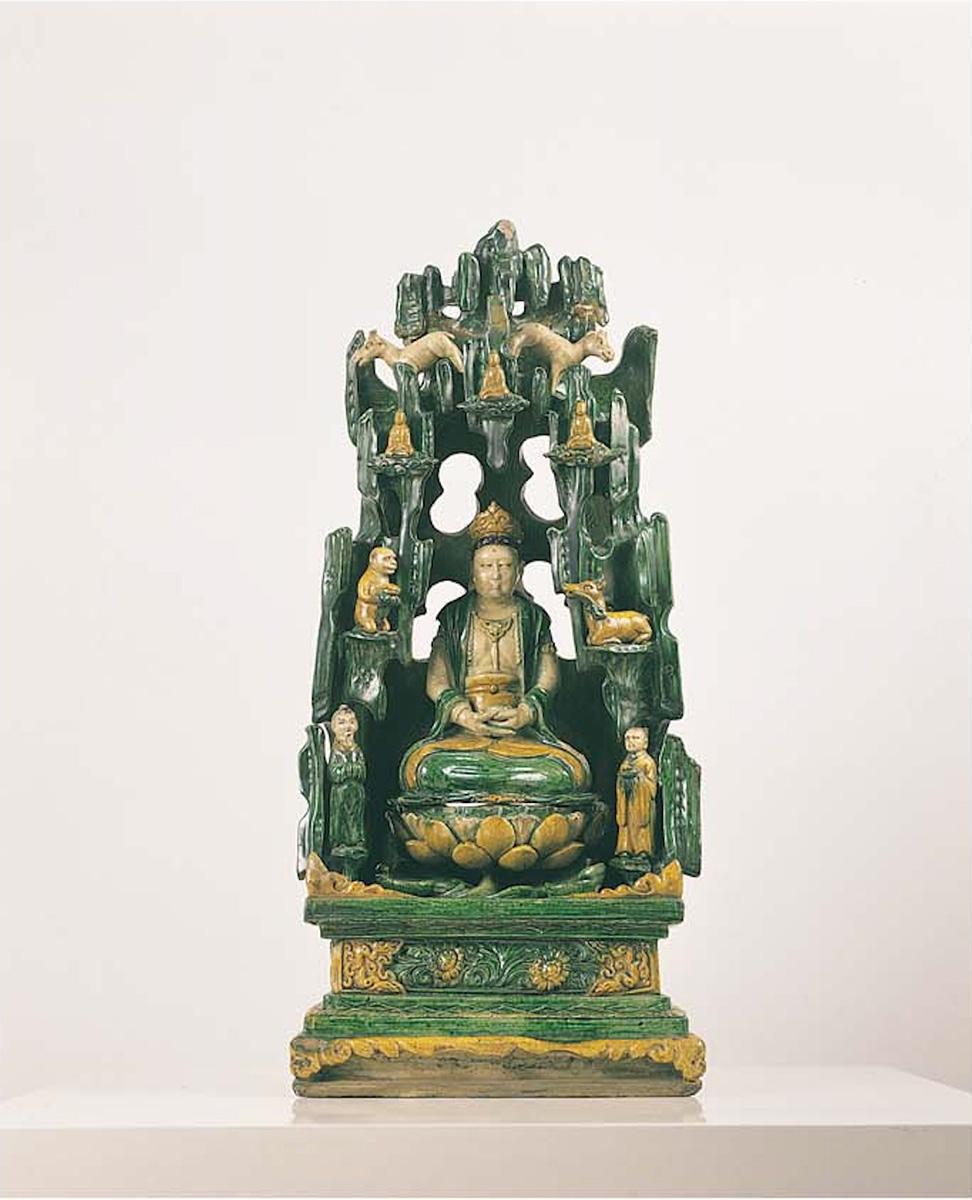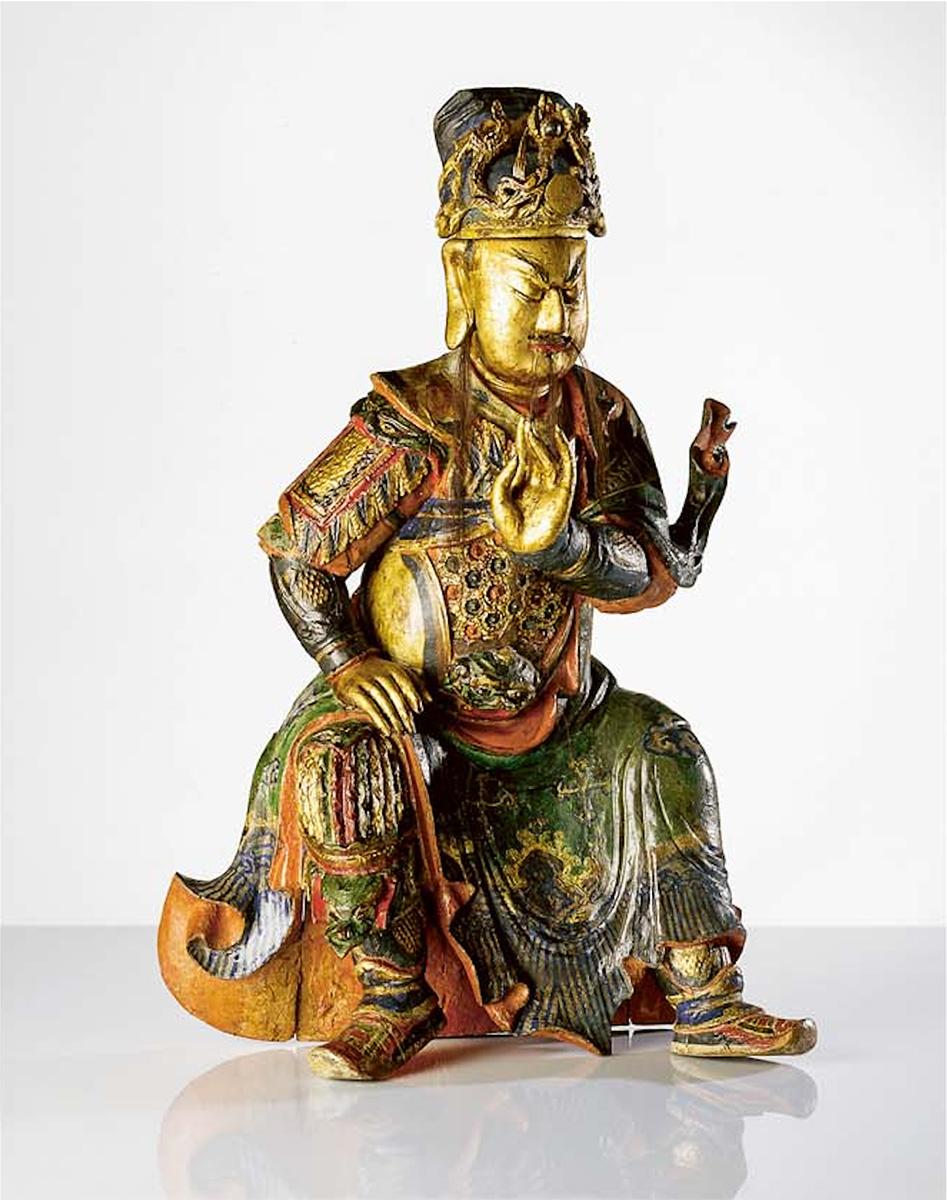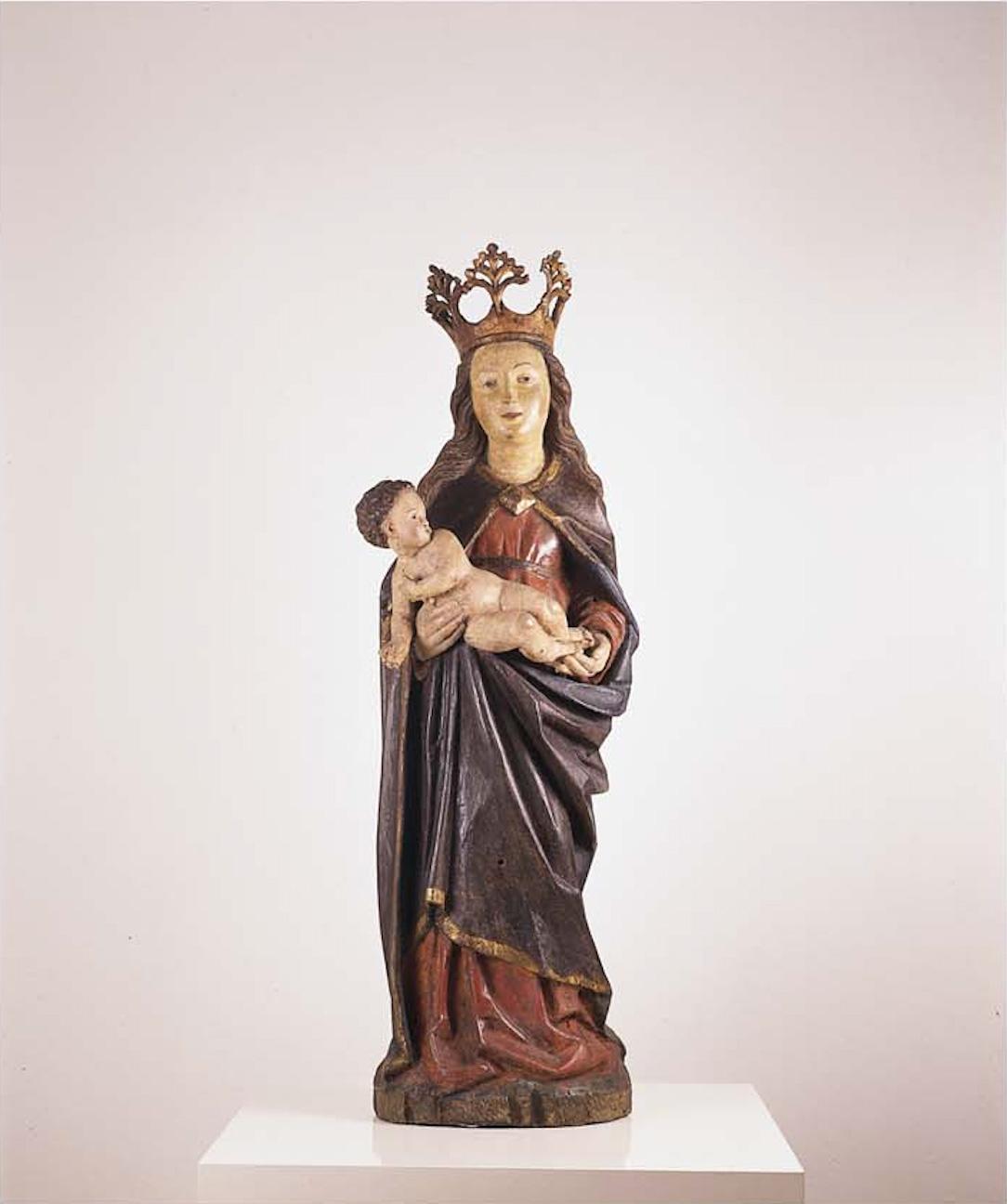The unique character of Villa Rot results from an eventful history. Established as a private residence, it became a renowned museum for contemporary art and a unique place where classical chamber music can be enjoyed. Its exciting story begins with the biographies of the residents who laid the foundation for the museum with their collection; followed by the Hoenes Foundation which converted the ‘Fuggerschlössl’ into a museum as well as the museum directors of the first years, Dr. Norbert Deuchert, succeeded by Dr. Stefanie Dathe, who helped Museum Villa Rot to gain a reputation as a nationally respected house of art and cultural history. Finally, artist Willi Siber provided new options for exhibitions with the addition of the Kunsthalle as a space especially dedicated to the presentation of sculptures and installations.
Residents at Villa Rot
The mansion was built in 1912 by Raymond von Fugger (1870–1949) who was a descendant of a side-line of the Augsburg Fuggers. The building is situated on a hill overlooking the valley of the river Rot. When laying out the park, architect Balthasar von Hornstein-Grüningen (1873–1920) integrated the existing stock of ancient trees. A small chateau, called ‘Fuggerschlösschen’, was built, made up of a clever stylistic mix of Baroque, Neo-Classical, and Art Nouveau elements.
Alexandra von Hornstein (1903–1932) from the neighbouring castle of Orsenhausen purchased the entire estate in 1925. Until her suicide, Alexandra von Hornstein lived in the ‘Fuggerschlösschen’ which she shared with Feodora Christ, a friend from boarding school. In 1933, Feodora Christ came into the inheritance of Alexandra von Hornstein’s fortune, which included the ‘Fuggerschlösschen’ and all its fittings, as well as some other property. Feodora Christ married musician and conductor Hermann Hoenes (1900–1978). The couple lived on the estate for several decades up to their deaths. After 1945, almost unnoticed by the public, they turned the mansion into a quiet refuge for music and art and a meeting point of a large circle of friends.
In the late 1920s, Hermann Hoenes had already a reputation in the German world of music as a cellist and member of well-known orchestras and quartets. From 1932 until his dismission in 1935, he worked both as a cellist and representative conductor of the Reichs-Symphonie-Orchester. His dismission certificate states his profound qualification and great ability for conducting an orchestra successfully, skillfully, and with a great deal of musical understanding. Broadcasts of his concerts drew many listeners. Orchestras which had worked under Hoenes, if only briefly, expressed their heartfelt admiration for both his musical and his social ability. And yet, without initially knowing the reasons, he was forced to leave the Reichs-Symphonie-Orchester. There had been a direct order from the National Socialist party’s leadership in Munich, even though friends from the world of music gave him their support and he had references from renowned German conductors. The dismission of Hermann Hoenes coincided with an intensification of the Nazi racial discrimination laws. He was defamed as a “Jewish culture violator,” while terming himself an „alleged Jew.” The Nuremberg racial laws, passed in 1936, did not explicitly apply to him. If so, his life would have been in imminent danger and a retreat to Villa Rot would not have been possible. The sources do not allow a clear reconstruction, but it is possible that Hermann Hoenes had Jewish ancestors.
The Hoenes Collection
Hermann and Feodora Hoenes’ collection which today forms the core of the museum’s stock was created between the 1930s and the 1960s. It consists mainly of sculptures, porcelain, and arts and crafts from Asia and Europe. Hermann Hoenes had acquired his first East Asian works of art as early as the end of the 1920s, at a time when the official, narrow approach to art only focused on national art. Today, the Hoenes collection’s aim to understand both our own as well as foreign cultures, proves to reflect the Zeitgeist and its message of intercultural tolerance is up to date. It is this approach that the museum's leitmotif originated from.
How Villa Rot became a museum
The Hoenes collection, the estate including the park, and all the property were brought into a museum foundation by Feodora Hoenes. The non-profit Hoenes Foundation was established in 1987 by Adolf Fuchsschwanz, lawyer, (1987 - 2016), Kurt Traub, authorized signatory, (1987 - 2013) and Josef Pfaff, mayor in office until 2022, (*1987). On August 28, 1992, Museum Villa Rot opened its doors to the public and the ‘Fuggerschlösschen’ had become Museum Villa Rot.
The exhibition programme
At the very beginning, the first director Dr. Norbert Deuchert and the foundation's board members were faced with the question: What kind of museum was Villa Rot supposed to become? Should it be an art museum, a museum of cultural heritage, or rather a space for encounters and performances? Surprisingly, it turned out to be many of these things! With its own distinctive profile, Museum Villa Rot became a museum with temporary exhibitions and a broad educational, scientific, and musical programme. Cultural and art-historical references from countries and regions such as Japan, Africa, Tibet, and India were focal points of Norbert Deuchert's work. From the 2000s onwards, Museum Villa Rot also showed works by contemporary established regional artists.
Starting from 2007, the new director Dr. Stephanie Dathe, art historian and curator addressed a wider audience with international solo and group exhibitions dealing with the boundaries of art, culture, and society. During her nine-year directorate, Stefanie Dathe developed exhibitions that dealt with a variety of contemporary topics like special materials in arts and crafts bringing them in dialogue with current social issues. Cut-outs, wax or hair, confectionery, meat, tattoos, masks, or selfies were all part of the programme. The combination of topics and sophisticated, sometimes sensational works presented in the historical setting of Villa Rot increased the museum's popularity.
To this day, the museum's exhibition programme is significantly influenced by the thematic priorities set by the respective directors. From focusing on formal-aesthetic ideas to dealing with socio-critical topics, the exhibition programme impresses with its rich variety and diversity. And yet, there is also a continuous constant in the variance: the exhibition programme is always in tune with times.
Directors: Dr. Norbert Deuchert (1992 - 2007), Dr. Stefanie Dathe (2007 - 2017), Marco Hompes M.A. (2017 - 2021), Thomas Schmäschke M.A. (2021 - 2022), Dr. Sophie-Charlotte Opitz (2022 – 2023 as Artistic Director).
The donation of the Kunsthalle by artist Willi Siber
In 2014, Museum Villa Rot received a modern extension of the exhibition space. It perfectly blends in with the park landscape while opening up new perspectives. The realization of the new Kunsthalle had become possible through the generous donation of painter and sculptor Willi Siber. Designed by architects Hinrichsmeyer & Bertsch, the award-winning building sets a contemporary architectural accent in a remarkable way. Artist Willi Siber has also contributed a collection from his oeuvre to the Hoenes Foundation's holdings; it comprises works from several decades and provides a representative overview of the artist's versatile oeuvre.
Willi Siber has been Chairman of the Board of the Hoenes Foundation since 2013. In 2017, he brought Thomas Knoll, entrepreneur, and in 2022 Frank Högerle, mayor, onto the board. Founding member Josef Pfaff has now been active on the Hoenes Foundation board for 36 years.
The concerts at Museum Villa Rot
Classical music also plays a major role in the history of Villa Rot. Hermann and Feodora Hoenes had cultivated the villa as a place for chamber music, sometimes with distinguished guests – for example the well-known cellist Ludwig Hoelscher and the famous pianist Elly Ney, who was preparing for a concert in Ulm on the Blüthner grand piano in the mansion, in January 1951. With this tradition in mind and in addition to the exhibition programme, Museum Villa Rot has been organizing an exclusive series of chamber concert with renowned soloists and ensembles since 2006. The Hoenes-Saal offers an ideal setting for immersive music experiences.
Moreover, Museum Villa Rot has another special feature: a historical cello. In 1924, Hermann Hoenes received from his father a cello by the Italian master Paolo Antonio Testore dating from 1745. The instrument which is characterized by a remarkably warm sound accompanied Hermann Hoenes throughout his life. Today, the Testore cello is part of the Hoenes collection and is still regularly played at concerts. As a unique offer the Hoenes Foundation borrows the instrument to young promising cellists for five-year periods.
The Roter Kunstsalon
Since 2016, Museum Villa Rot has organized a four-day art fair every fall, at which renowned galleries from Germany and abroad offer works by artists represented by them.


